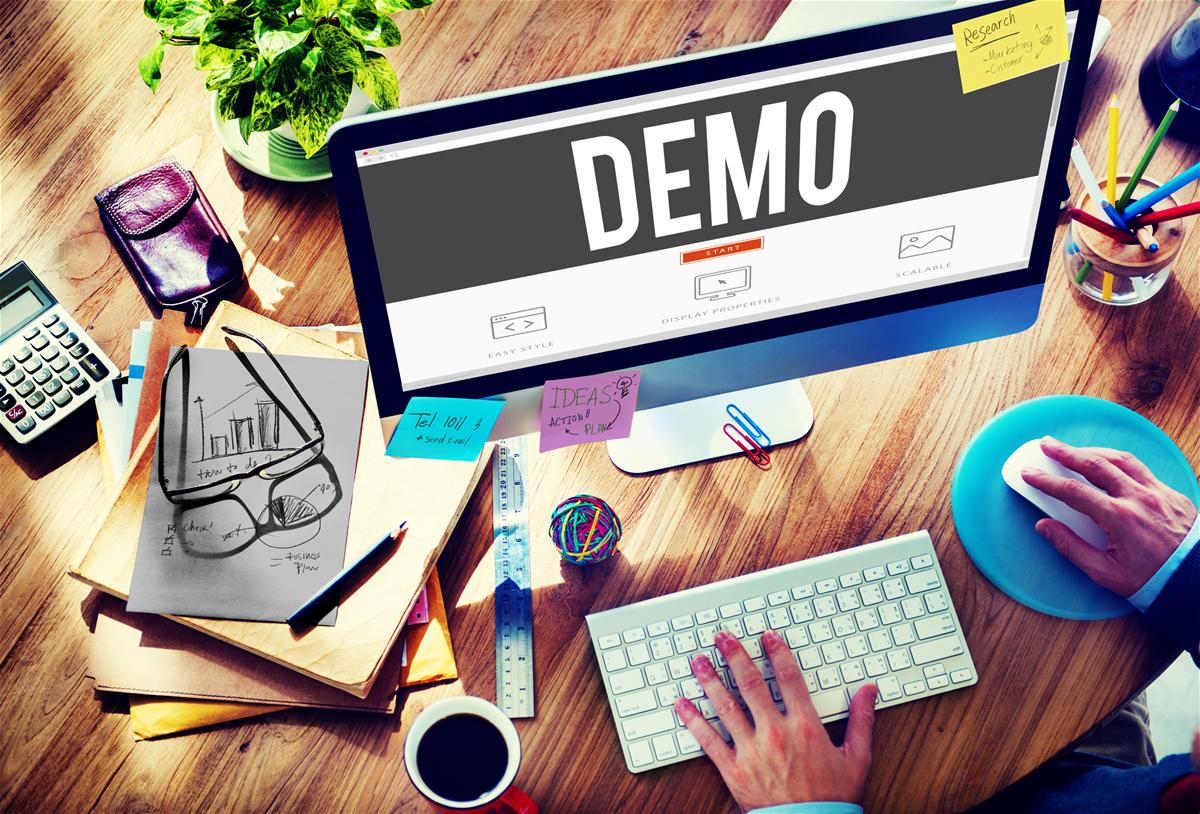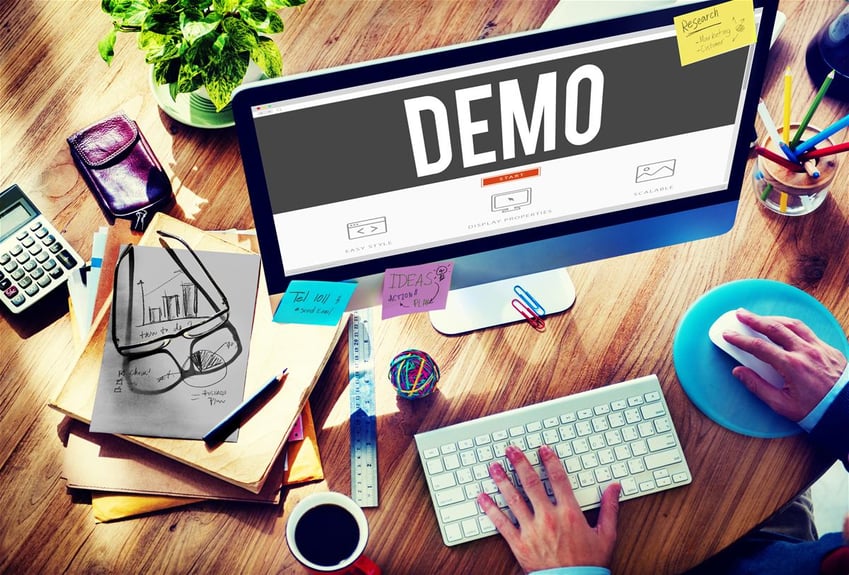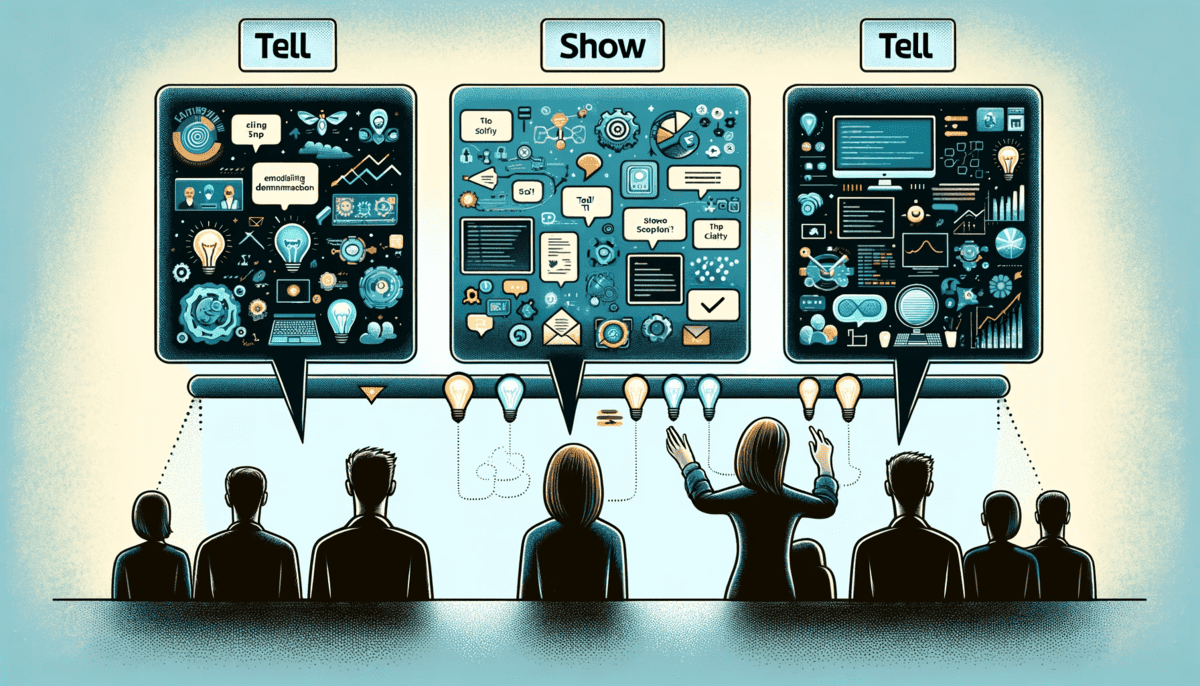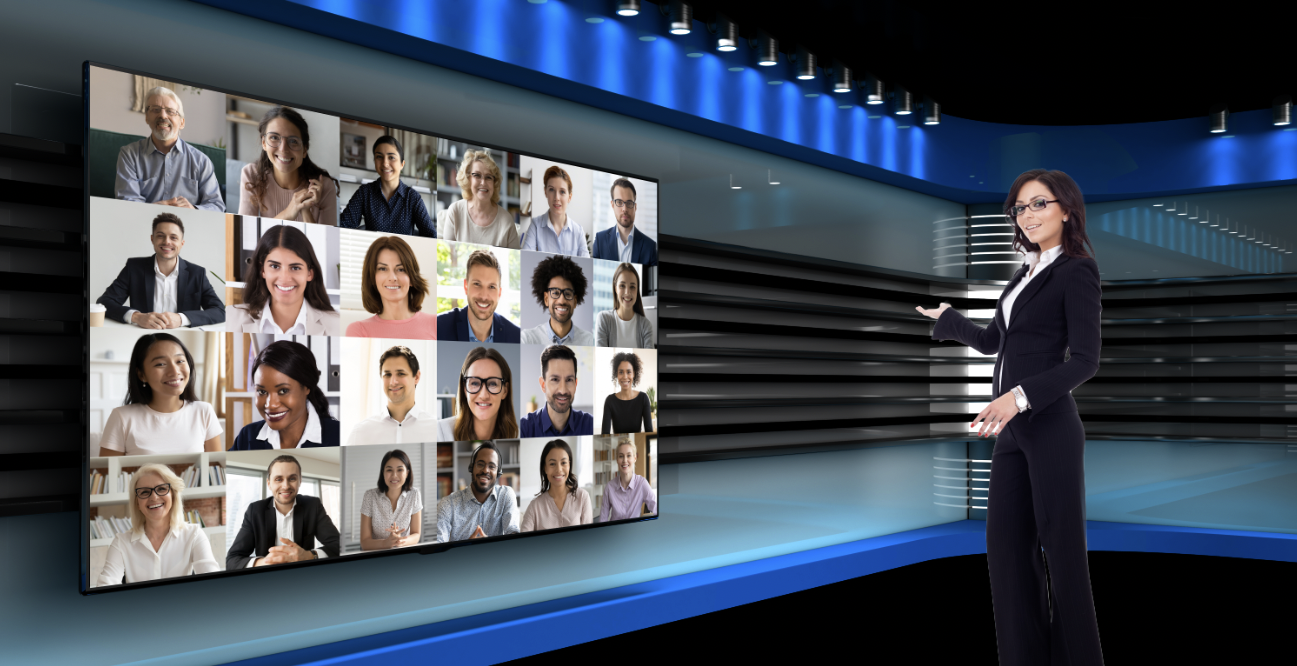Creating Structure in Your Demos: The Tell-Show-Tell Method
Are you finding it challenging to create compelling, organized presentations that resonate with your audience? Tell-Show-Tell is a proven technique...
5 min read
Robert (Bob) Riefstahl and Larson Stair Jun 3, 2020 12:00:00 AM


[Bob] It happens all the time. We show a group of stakeholders how easy and helpful our software can be, but their feedback is “it seems too complicated.” How can that be? Certainly, the selection team doesn’t want us to take away any of that great functionality?
Modern, comprehensive applications may seem simple to us but easily appear too complicated in the eyes of a stakeholder. In all fairness, many prospective clients are simply trying to judge the ability of their people to learn and operate your applications efficiently. They are trying to predict the impact that your solution will have on their operations, and they are using your product demonstration to help them make that prediction.
We will break down the problem with the typical, traditional demonstration method, and then show you how to improve your presentations and convey simplicity using the Tell-Show-Tell demo technique.
Take a minute to think about how functionality is customarily demonstrated. Pre-sales professionals often share their screen, and immediately begin demonstrating the most powerful feature in their application during the web meeting. Fifteen minutes later, the demonstrator pauses, turns on their webcam, and says, “…given what I know about your needs, I thought I’d show you the most compelling part of our software first. Any questions?” After a few uncomfortable seconds of silence, someone finally says, “Your software screens are really busy, and that seems quite complex.” From here, it is all defense…
First, there was no opening “Tell” that gave the virtual audience context of what they were about to see before sharing the software screen. Stakeholders may have never seen your software before, so the visual learners in the session are trying to follow all of this new screen information while you’re talking through the demo, and they immediately fall mentally behind. A lack of an opening tell is frustrating for the audience and translates into complexity.
[Larson] I want you to imagine walking into a college physics class but you arrive 30 minutes late. While the rest of the class knows the context of the problems they’re working on, you’re left playing catch up and struggle to grasp what is going on. This situation is analogous to diving straight into the platform without giving context about what we’re reviewing. These initial moments presenting any feature or workflow are critical. This is your moment to set the context of what you’re about to show so it’s easier to understand. To gain consensus on the problem and ensure that this is truly the best thing to walk through next. Setting context is the foundation of a great product walkthrough.
Second, the demo topic took too long to conclude. Every demonstrator should have a mental clock. People associate simplicity with brevity and they associate time-consuming things as overly complicated. The prospect’s mental stopwatch started the moment the pre-sales professional began the demo and didn’t stop until they came up for air fifteen minutes later. So, in the stakeholder’s minds, it just took fifteen minutes to move through the most powerful feature of the solution. Their impression? It is complicated!
[Larson] How long does it typically take you to “check out” when watching any video or product walkthrough? For me, anything that I can’t relate to on the front half of the demo topic and drones on about features or functions lose me quickly. Unfortunately, this is all too common, and demonstrators frequently lose prospects because of it. They leave feeling confused and unsure of what features will help them solve their problems.
Third, there was no benefit delivery to every type of stakeholder in the audience. It might have been the most powerful feature to the demonstrator, but why was it the most important feature to the audience?
[Larson]This is ultimately the part that prospects remember - business value outcomes. Why will this feature solve the pains that I’m feeling today? Frequently missed and incredibly important.
Opening “Tell” - All demo topics, regardless of importance, should be grounded in Tell-Show-Tell. The first “Tell” is simply the context of what you are about to demonstrate. This Tell can be as simple as a brief description of what they are about to see or as elaborate as a slide that provides a brief walkthrough of the demo topic. If the demo is virtual, do not share your software screen during the opening Tell. Instead, be on webcam or have a slide displayed. Focusing on you or the process you are about to demonstrate provides the stakeholders with the mental space to absorb what they are about to see. If you are in-person, step away from your demonstration device and deliver the opening Tell.
[Larson]The opening “Tell” is an incredibly important part of demonstrating your software. This is the point where you get to set the stage of what you’re about to show and an opportunity to quickly level set. For influential demo topics, utilize a slide to explain high-level functionality because humans can comprehend and attach meaning to visual aids much faster than words - an astounding 24x faster*. If we can be on the same page as our prospects more quickly, they can understand more complex functionality and thus translate that to the value they’ll receive.
The “Show” - People associate simplicity with brevity, and they associate time-consuming things as overly complicated. The prospect’s mental stopwatch started the moment the pre-sales professional began showing screens and didn’t stop until they came up for air twenty minutes later. So, in the prospect’s mind, it just took fifteen minutes to perform the most powerful feature in the solution. Their impression is that the software is complicated! Every demonstrator should have a mental stopwatch. That stopwatch starts running when the first screen comes up and doesn’t stop until the last screen disappears. You should have a five-minute watch in your head that tells you it is time to wrap up this demo topic and deliver the benefits. If you are demonstrating a topic beyond five minutes, you are piling on features and that leads to the perception of complexity. If this functionality deserves more than five minutes, break it into separate use case examples (additional Tell-Show-Tells).
[Larson]The “show” of Tell-Show-Tell methodology is essentially how some pre-sales professionals will conduct their entire demonstrations. All platform. Showing feature after feature after feature until your prospect is bored to tears twenty minutes later. To Bob’s point, this should be a concise and systematic walkthrough of a specific feature or workflow. No more than five minutes, and you should be moving onto the value points the feature will bring to their organization and how it’ll solve their problems.
Closing “Tell” –The closing Tell is used to summarize what the stakeholders saw in the form of benefits. If this is the most powerful feature in your solution, the benefits you deliver must touch every type of stakeholder in the room, including individual contributors, managers, and executives. The delivery of the benefits is performed by pausing the screen-share of the software and turning on the webcam. Next, share a slide that summarizes the benefits. If you are in-person, you blank the screen or display a benefits-slide, and step away from your demonstration device to deliver those key benefits.
[Larson]The last “Tell” is ultimately where the best reps win deals and differentiate themselves from the competition. This part ensures that you tie the feature/function you just showed to the value a prospect would gain from adopting it, i.e., value selling. I personally love utilizing a slide at this point because presentations with visual aids are 43% more convincing than those without *. Also, creating a slide to articulate the business value of a feature ensures that I follow this process consistently and keeping my messaging focused on business outcomes, as opposed to features.
As simple as this sounds, we are all creatures of habit, and this is a real mental shift. As pre-sales professionals, we pride ourselves on our ability to have our fingers dance through the solution, improvising our way through any situation and using our product alone as our guide. Using the Tell-Show-Tell technique requires preparation, practice, and discipline. Other techniques help to remove the perception of complexity, but this technique is the foundation for all of the other related techniques.
Note: this blog post was originally posted in 2015, updated in 2018, updated again in 2020, and updated again in 2024. The Tell-Show-Tell technique remains relevant, and 2Win! instructors continue to build upon its principals to train world class sales teams. Demo2Win! classes will make you an expert at Tell-Show-Tell.

Are you finding it challenging to create compelling, organized presentations that resonate with your audience? Tell-Show-Tell is a proven technique...

Tell-Show-Tell is one of the most powerful techniques a presenter can use in a software demo. This post is a conversation about Tell-Show-Tell...

When your executives take the virtual stage at your upcoming Sales Kickoff (SKO), a story needs to be told. Here’s the scenario. 2020 has been an...